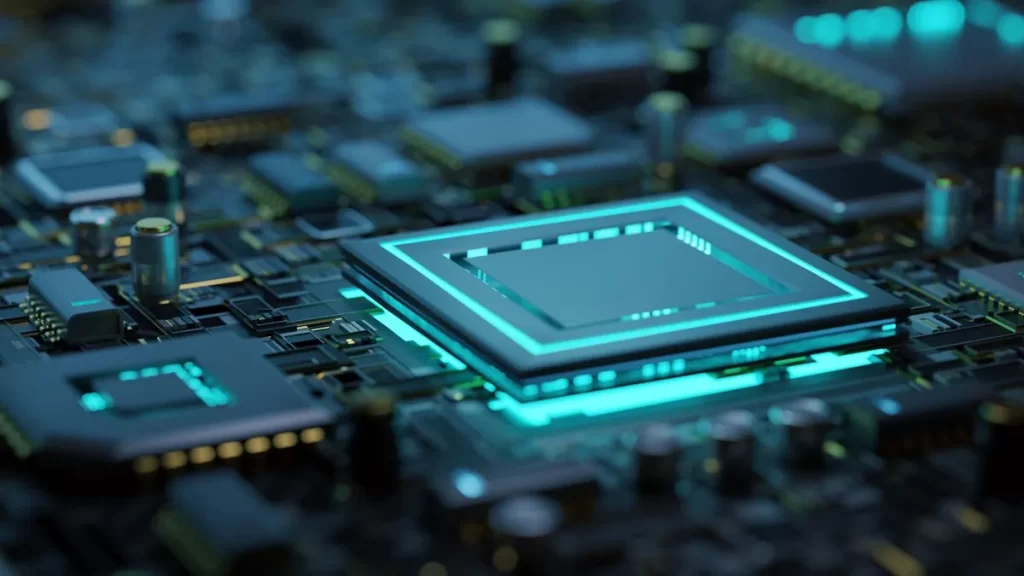Artificial Intelligence (AI) has become an integral part of our daily lives, from voice assistants to personalized advertisements, and even medical diagnoses. The potential of AI is vast, but its development is limited by traditional computer architectures, which separate computation and storage. This separation results in higher power usage, slower computations, and decreased accuracy, particularly in AI systems that require extensive training.

To overcome this challenge, a team of researchers at Pohang University of Science and Technology (POSTECH) in South Korea has developed a high-performance “brain” for AI using OLED TV materials. The device is made of indium gallium zinc oxide (IGZO), an oxide semiconductor widely used in OLED displays, and provides high performance and power efficiency. The research team’s use of IGZO allows for the integration of computation and storage, which enhances the speed and accuracy of AI computations while reducing power consumption.
The team’s study, published in the journal Advanced Electronic Materials, details how earlier semiconductor systems were limited in meeting all the requirements necessary to improve AI accuracy, such as linear and symmetric programming and uniformity. However, an extensive study by the POSTECH team proved that IGZO provides uniformity, durability, and computing accuracy when used as a key material for AI computations. The oxide semiconductor consists of four atoms in a fixed ratio of indium, gallium, zinc, and oxygen and has excellent electron mobility and leakage current properties, making it an ideal candidate for the development of the high-performance “brain” for AI.

The development of this technology has the potential to revolutionize the AI industry, particularly in industries that rely heavily on AI systems, such as healthcare, finance, and transportation. The integration of computation and storage made possible by the use of IGZO could improve the speed and accuracy of diagnoses, financial forecasting, and autonomous driving, among other applications.
Furthermore, the use of OLED materials in the development of this high-performance device is significant, as it suggests that advances in one field of technology can have an impact on other areas. The research team’s use of IGZO, which is commonly used in OLED displays, highlights the potential for cross-disciplinary collaboration in the pursuit of technological advancements.
While the development of this high-performance “brain” is still in its early stages, its potential impact on the AI industry cannot be overstated. As AI systems continue to play an increasingly important role in society, the need for more efficient and accurate computation becomes increasingly pressing. The researchers at POSTECH have provided a potential solution to this challenge through their development of a high-performance device utilizing IGZO, demonstrating that significant advancements can be made through cross-disciplinary collaboration and the application of existing technologies in new ways.


